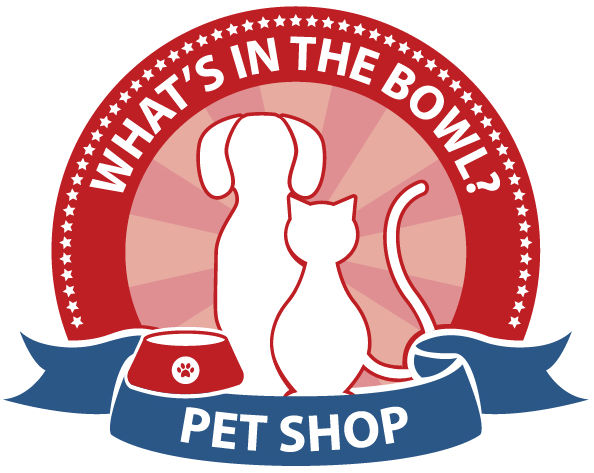Anyone that knows us at Whats In The Bowl is familiar that we have warned for years of low protein / fat diets. Recently, the pet industry has been alarmed by the increase of dogs and cats dying of Cardiomyopathy due to low taurine levels. This IS NOT NEW information! Low Protein and Fat Diets contribute to a wide spectrum of disorders; when your dog’s heart stops it is a profound example but not the only disorder caused by low protein and fat diets. The dangers of some diets go beyond Taurine Deficiencies.
We recommend feeding a diet that contains sufficient levels of high-quality, animal protein & fat and a diet that does not include plant-source proteins. Plant proteins in your pets food artificially and deceptively elevate the protein percentage on the label.
Please come into our store to learn more about the history of pet food and specifies appropriate feeding.
Whats In The Bowl Pet Shop LLC
15401 W National Ave
(Moorland Square Shopping Center)
New Berlin, WI 53151
(262) 421-5333
Website: www.whatsinthebowlpetshop.com
Facebook: www.facebook.com/whatsinthebowl
References
Pion PD, Kittleson MD, Rogers QR, et al. “Myocardial failure in cats associated with low plasma taurine: A reversible cardiomyopathy.” Science 1987; 237:764-768.
2. Earl KE, Smith PM. “The effect of dietary taurine content on the plasma taurine concentration of the cat.” British Journal of Nutrition 1991; 66:227-235.
3. Hickman MA, Morris JG, Rogers QR. “Effect of processing on the fate of dietary taurine in cats.” Journal of Nutrition 1990; 120:995-1000.
4. Hickman HA, Morris JG, Rogers QR. “Intestinal taurine and the enterohepatic circulation of taurocholic acid in the cat.” Advances in Experimental Medicine and Biology 1992; 315:45-54.
5. Freeman LM, Rush JE, Brown DJ, et al. “Relationship between circulating and dietary taurine concentrations in dogs with dilated cardiomyopathy.” Veterinary Therapeutics2001; 370-378.
6. Backus RC, Ko KS, Fascetti AJ. “Low plasma taurine concentration in Newfoundland dogs is associated with low plasma methionine and cysteine concentrations and low taurine synthesis.” Journal of Nutrition 2006; 136:2525-2533.
7. Ko KS, Backus RC, Berg JR, et al. “Differences in taurine synthesis rate among dogs relate to differences in their maintenance energy requirement.” Journal of Nutrition 2007; 137:1171-1175.
8. Fascetti AJ, Reed JR, Roger QR, et al. “Taurine deficiency in dogs with dilated cardiomyopathy: 12 cases (1997 – 2001).” Journal of the American Veterinary Medical Association 2001; 223:1137-1141.
9. Delaney SJ, Kass PH, Rogers QR, Fascetti AJ. “Plasma and whole blood taurine in normal dogs of varying size fed commercially prepared food.” Journal of Animal Physiology and Animal Nutrition 2003; 87:235-244.
10. Torres CL, Backus RC, Fascetti AJ, et al. “Taurine status in normal dogs fed a commercial diet associated with taurine deficiency and dilated cardiomyopathy.” Journal of Animal Physiology and Animal Nutrition 2003; 87:359-372.
11. Ko KS, Fascetti AJ. “Dietary beet pulp decreases taurine status in dogs fed low protein diet.” Journal of Animal Science and Technology 2016; 58:29-39.
Linda P. Case is the owner of AutumnGold Consulting & Dog Training Center in Mahomet, Illinois. Linda is the author of Dog Food Logic, has a new book, Dog Smart, and writes The Science Dog blog.

